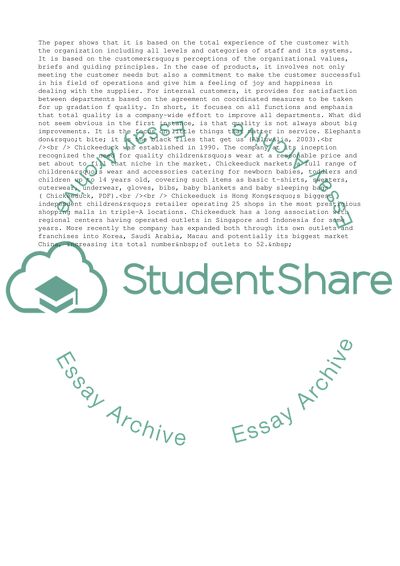Cite this document
(Quality in Service Organisations or Organisational Management Case Study, n.d.)
Quality in Service Organisations or Organisational Management Case Study. Retrieved from https://studentshare.org/management/1545907-quality-in-service-organisations-organisational-management
Quality in Service Organisations or Organisational Management Case Study. Retrieved from https://studentshare.org/management/1545907-quality-in-service-organisations-organisational-management
(Quality in Service Organisations or Organisational Management Case Study)
Quality in Service Organisations or Organisational Management Case Study. https://studentshare.org/management/1545907-quality-in-service-organisations-organisational-management.
Quality in Service Organisations or Organisational Management Case Study. https://studentshare.org/management/1545907-quality-in-service-organisations-organisational-management.
“Quality in Service Organisations or Organisational Management Case Study”, n.d. https://studentshare.org/management/1545907-quality-in-service-organisations-organisational-management.


